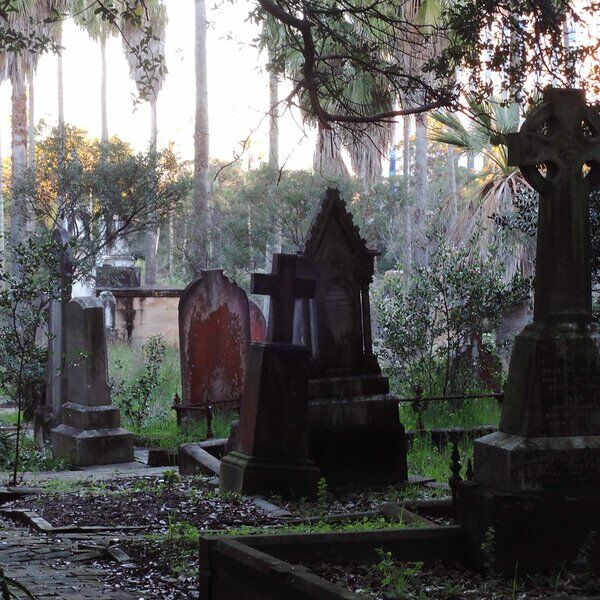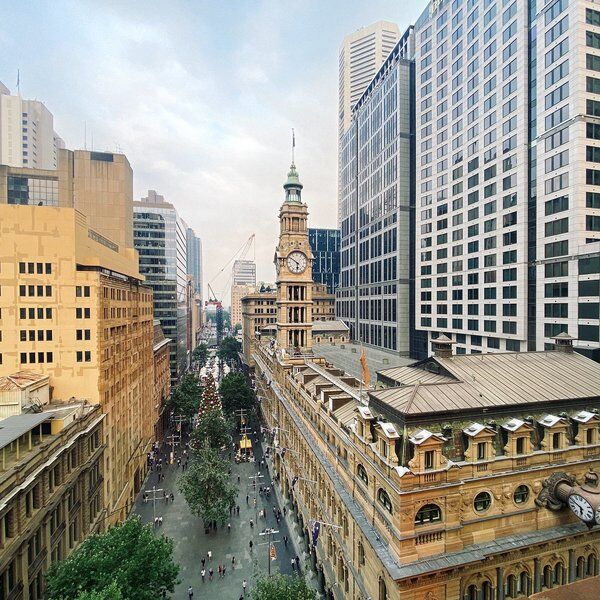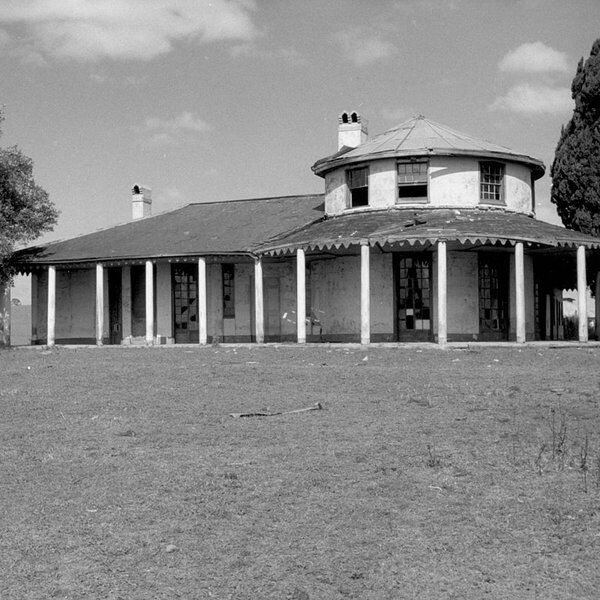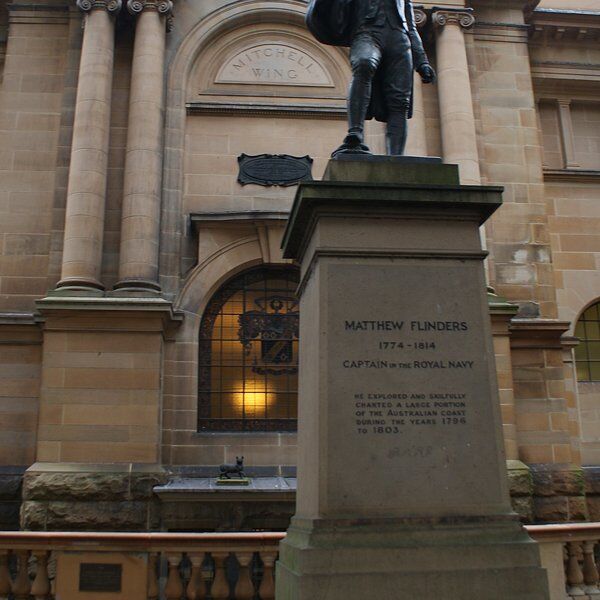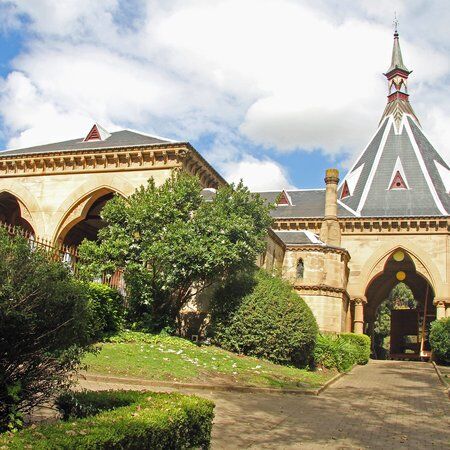
Discover Mortuary Station
Sydney, Australia is loaded with so many cultural and historical landmarks: it has beaches, islands, parks, and cafes, restaurants, and bars. But what about the offbeat, hidden treasures like Mortuary Station that are usually overlooked?
Mortuary Station, also known as Regent Street railway station, is one of Sydney’s more quirky and unusual landmarks, with a spine-chilling history. Despite its proximity to Central Station, this solemn building, more reminiscent of a church than a train station, often goes unnoticed by the thousands of passengers who pass it daily.
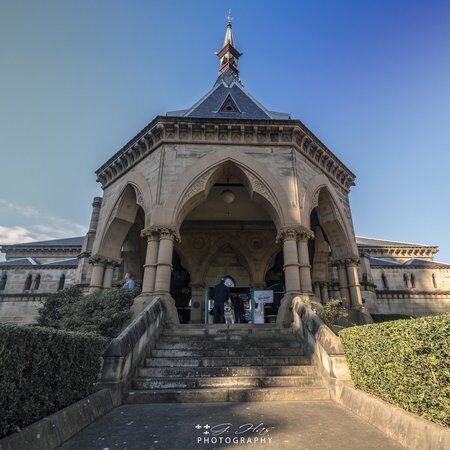
Designing Mortuary Station
Mortuary Station was built with a morbid purpose: to transport Sydney’s deceased to their final resting place at Rookwood Cemetery—the largest graveyard in the Southern Hemisphere. Opened in 1869, the station was designed by colonial architect James Barnet in the Victorian Free Gothic style, incorporating elements from the Venetian 13th-century Gothic style.
Barnet, who also designed the Sydney General Post Office, used two varieties of Pyrmont sandstone to create an ornate and ecclesiastical structure that reflected the solemn nature of its function. The biscuit-brown sandstone was used for columns and cornices, while the white sandstone was used on plain surfaces. Carvings in the sandstone are of angel profiles instead of traditional gargoyles, along with stars, flowers, and leaves.
The station's Gothic arches, soaring roof, and the bellcote on the octagonal porte-cochere contribute to its church-like appearance. Inside, a low-roofed pavilion of nine bays shelters a single railway track that enters and exits through wide Gothic arches at either end. The arches are decorated with motifs of apples, cherubs, pears, and pomegranates. Originally, the platform was 12 ft wide, which was considered quite spacious for the time.
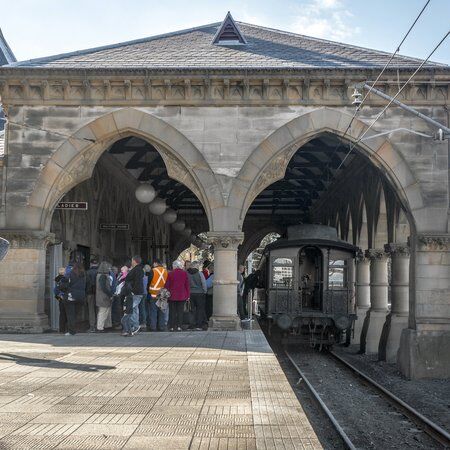
The History of Mortuary Station
The station was officially opened on 29th June 1869, to transport mourners and the deceased to the Rookwood Necropolis—the largest graveyard in the Southern Hemisphere.
"Trains would arrive at the station, mourners could buy a ticket, there would be a small ceremony, the family would hop on and the coffin travelled free."
The journey covered 17 kilometres (10 miles) and was marked by a large sign reading “FUNERAL” on the front of the train. Mourners travelled for a shilling each way, while the deceased were transported for free. As the train approached each station, the driver would ring the bell and slow down, while men on the platform and railway employees would doff their hats in respect. This service, which ran regularly each morning and afternoon, provided a dignified means of transport for the deceased and their mourners.
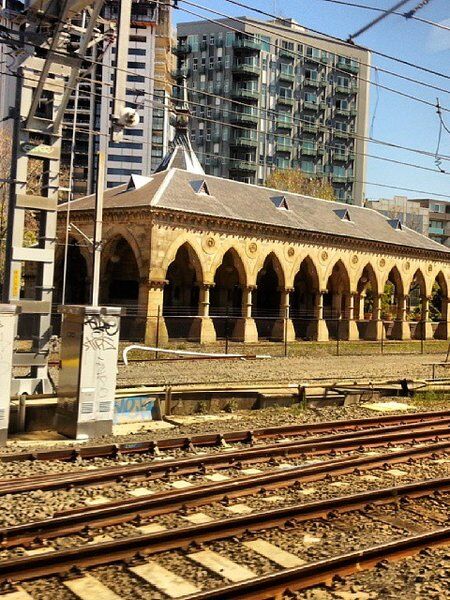
Decline of Mortuary Station
Improvements in roads and the advent of cars gradually reduced the need for the funeral train service. By 1930, the service had all but ceased, except for visitors on Sundays and Mothers’ Days. From 14 March 1938, the station was repurposed and its name was changed to Regent Street. The final train ran on 3rd April 1948. Over the following decades, both Mortuary Station in Sydney and its receiver station at Rookwood Cemetery fell into disrepair.
The Rookwood Station building was eventually dismantled brick by brick and reconstructed as the “All Saints” church in Ainslie, Canberra, where it stands today. Sydney’s Mortuary Station, recognised as an important piece of heritage, has lived several alternate lives. It has served as a pancake diner called the Magic Mortuary, an event space, and a wedding venue.

Recognising the Importance of Mortuary Station
In 1985, Neville Wran, the then Premier of New South Wales, unveiled a $600,000 refurbishment. Today, maintained by Sydney Trains, it is sometimes opened to the public on special occasions. As an important piece of Sydney’s heritage, the station has been classified by the National Trust of Australia and the Australian Heritage Commission, and is listed on the NSW State Heritage Register and the Railcorp Register under Section 170 of the NSW Heritage Act. Further reconstruction was carried out in 2011 by Caldiis Cook Architects and Degnan Constructions, to address termite damage and repairs to the slate roof.

Interested in finding more places like this? Why not try one of our Scavenger Hunts in Sydney - work as a team to overcome cryptic riddles and allow yourselves to be swept off the beaten track on a journey to discover all the quirky bars and unusual sites Sydney has to offer.







